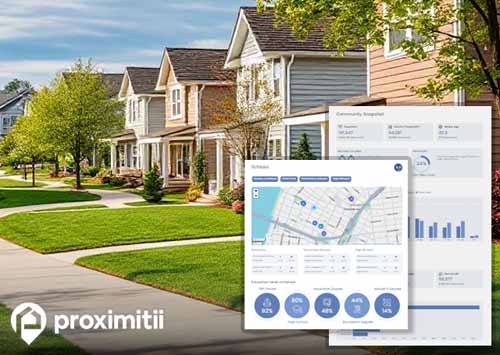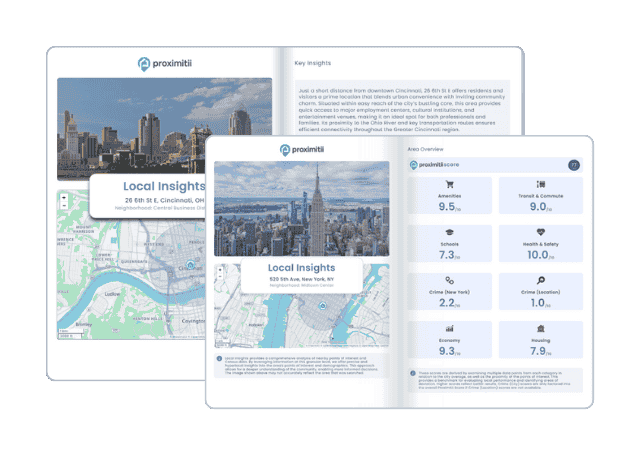| Statistic | Reportedincidents | /100k people | Callaway/100k people | Minnesota/100k people | National/100k people |
| Total crime | 4 | n/a (estimate) | 2,186 | 1,863 | 2,119 |
| Murder | 0 | n/a | 0.0 | 2.9 | 5.0 |
| Rape | 0 | n/a | 0.0 | 36.8 | 37.5 |
| Robbery | 0 | n/a | 0.0 | 48.9 | 60.6 |
| Assault | 0 | n/a | 0.0 | 168.0 | 256.1 |
| Violent crime | 0 | n/a (estimate) | 0 | 257 | 359 |
| Burglary | 0 | n/a | 0.0 | 184.7 | 229.2 |
| Theft | 4 | n/a | 2,185.8 | 1,208.5 | 1,272.1 |
| Vehicle theft | 0 | n/a | 0.0 | 213.1 | 258.8 |
| Property crime | 4 | n/a (estimate) | 2,186 | 1,606 | 1,760 |


The Callaway crime rates are 1.2% higher than the national average. There are two main categories of crime - violent crime and property crime. Violent crime consists of murder, rape, robbery and assault, while property crimes include burglary, theft and vehicle theft. There were a total of 0 violent crimes in Callaway (0 per 100,000 people), which is 100% lower than the national average and there were a total of 4 property crimes (2353 per 100,000 residents) which is 20.4% higher than average.
In terms of the total Callaway crime rate per 100,000 people, it falls within the midrange when compared to other cities across the United States. Our analysis of total crimes, encompassing both violent and property offenses in Callaway, revealed that the reported crime rates closely align with the nationwide average reported by other areas.
Callaway reported zero instances of violent crime in the latest crime report, underscoring its exceptional safety profile in this regard. Violent crimes serve as a crucial gauge of a city's overall safety, and the absence of such incidents in Callaway signifies it as a remarkably secure urban environment concerning violent crime.
In the latest reported crime year, Callaway recorded zero homicides. This statistic potentially positions the city as a paragon of security, radiating a profound sense of safety for its residents. A low number of severe violent crimes instills a deep feeling of well-being among its community but also establishes a lofty benchmark for other locales aspiring to foster equally secure environments.
The United States contends with some of the globe's most elevated vehicle theft rates, reaching around 300 incidents per 100,000 individuals. Remarkably, merely a small fraction, approximately 10%, of cities have been fortunate enough to remain unscathed by vehicle theft reports. In this regard, Callaway stands out as one of those cities, as it reported no vehicle thefts in its most recent crime report.
To get a feel for the safety of living in Callaway, it's essential to analyze both the overall crime rate and the daily incident count. Callaway presents a total crime rate that is 1% higher than the national average per 100,000 residents. Consequently, Callaway experiences an average of 0.01 daily crimes, comprising 0 violent incidents and 0.01 property-related offenses. This evaluation offers a comprehensive understanding of the safety landscape, aiding individuals in making informed decisions when considering relocation.
In Callaway, the poverty rate currently stands at 8.8%, which contrasts with the national average of 15.1%. It's essential to recognize that the economic status of a city's inhabitants could be a pivotal factor influencing crime stats. Communities grappling with high poverty rates and income inequality are often susceptible to elevated crime levels, as some individuals may turn to unlawful activities to fulfill their essential needs. While lower poverty rates could lead to a reduction in Callaway crime rates.
Limited employment opportunities or a prevalence of low-wage jobs can result in higher rates of unemployment and underemployment. Regions where individuals grapple with joblessness or meager wages may exhibit greater vulnerability to an uptick in crime due to financial instability. While areas that have strong employment rates, often will see a reduction in overall crime. Callaway, for instance, reports an unemployment rate of 6.5%, which differs from the national average of 4.7%.
In Callaway, the cost of living is 19.03% lower than the national average. A high cost of living can induce economic stress for locals, especially those with limited financial resources. When people grapple with soaring housing expenses, utility bills, healthcare costs, and other essential necessities, they may be driven towards criminal activities, including theft or fraud, as a means of financial survival. Conversely, cities boasting a lower cost of living may mitigate economic pressures and potentially result in reduced crime rates.

Why stop at city-to-city? With Local Insights, you can compare neighborhoods, zip codes, or even exact addresses. Access 300+ hyperlocal data points—from schools and crime to housing and amenities—to see which area is the better fit.

| Item | Callaway | Minnesota | National |
| Law enforcement employees (officers & civilians) | n/a | 7,759 | 558,732 |
| Police officers & civilians /1000 residents | n/a | 1.8 | 3.3 |
| State | Total offenders | Minnesota /100K | National /100K |
| Minnesota | 1,283 | 26 | 266 |
| City | Population | Violent crime/100k people | Property crime/100k people | Total crime/100k people |
| Audubon, MN | 557 | 0 | 178 | 178 |
| Lake Park, MN | 631 | 140 | 559 | 698 |
| Detroit Lakes, MN | 9,229 | 171 | 1,545 | 1,715 |
| Ogema, MN | 211 | 399 | 2,494 | 2,893 |
| Waubun, MN | 464 | 400 | 2,498 | 2,898 |
| White Earth, MN | 478 | 415 | 2,595 | 3,011 |
| Callaway, MN | 215 | 0 | 2,186 | 2,186 |
| City | Population | Violent crime/100k people | Property crime/100k people | Total crime/100k people |
| Twining, MI | 215 | 640 | 2,034 | 2,674 |
| Bombay Beach, CA | 215 | 780 | 3,335 | 4,115 |
| Crosby, MS | 215 | 285 | 1,848 | 2,132 |
| Eureka, NC | 215 | 507 | 2,652 | 3,159 |
| Greensboro Bend, VT | 215 | 261 | 1,938 | 2,198 |
| Callaway, MN | 215 | 0 | 2,186 | 2,186 |